The Last Blooms
Stinky lily (Typhonium species affinis brownii), Less than 100 left in the wild
This story is about a disappearing behaviour and its participants.
The lily takes twenty-four hours to open its petals. It heats its central organ and releases odours that mimic dung to attract a beetle. After twelve hours, the petals close, trapping the guest for an overnight stay. The beetle brushes against the lily’s pollen and is free in the morning. The flower dies; other lilies await their turns.
Mostly living in labs, this plant blooms only one day per year. Our story follows its mating ritual with thermal cameras, three-dimensional surface scanning and microscopic tomography that can look inside of objects. We use multiple scans from many devices to create and animate composite images.
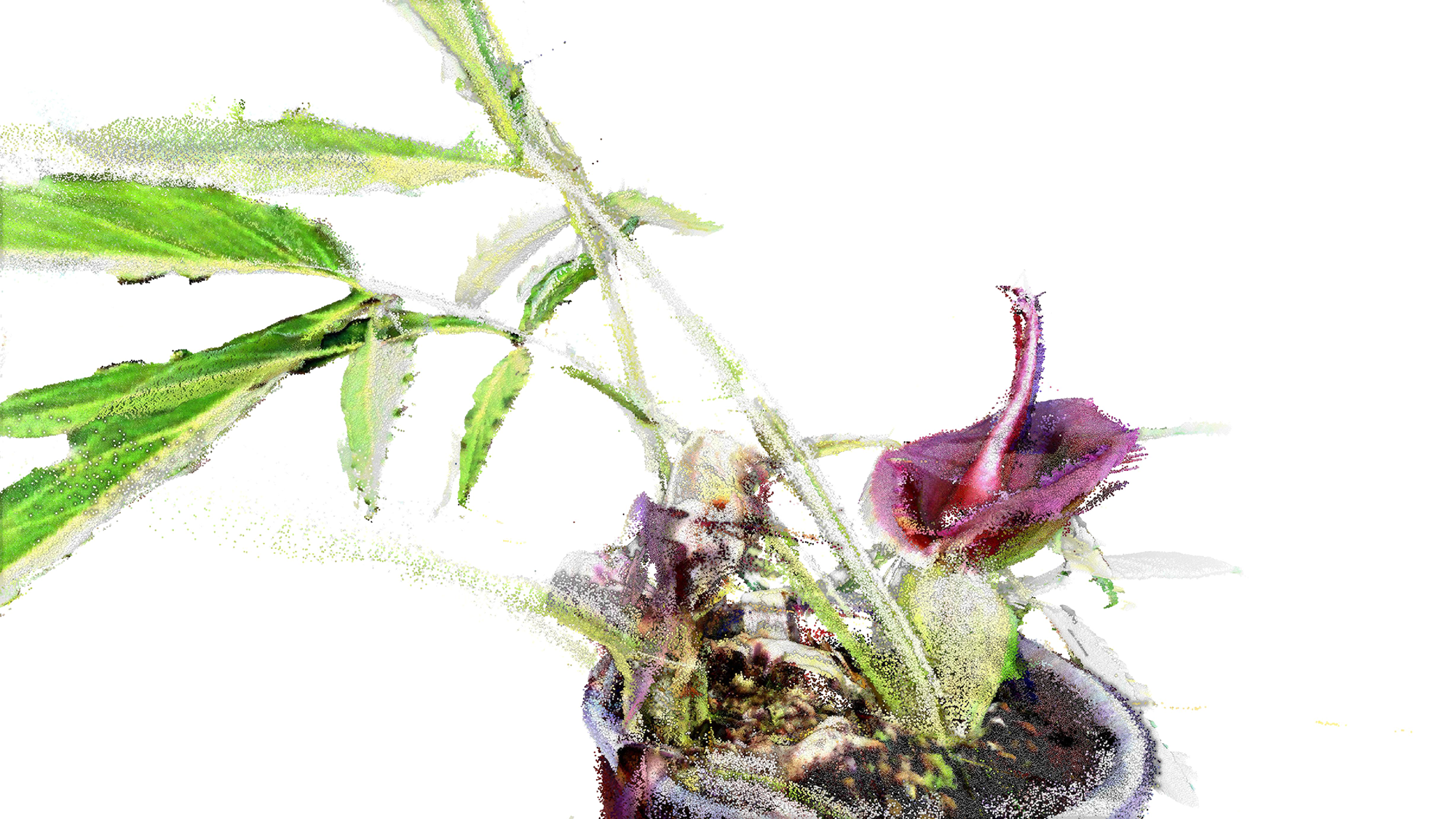
What you see > A flower in bloom in late summer within a greenhouse at Burnley Gardens, Melbourne, Australia. Who speaks > Typhonium sp. aff. brownii (stinky lily). What the lily says > “I can live in this pot. Resting underground, I am ready to sprout.”
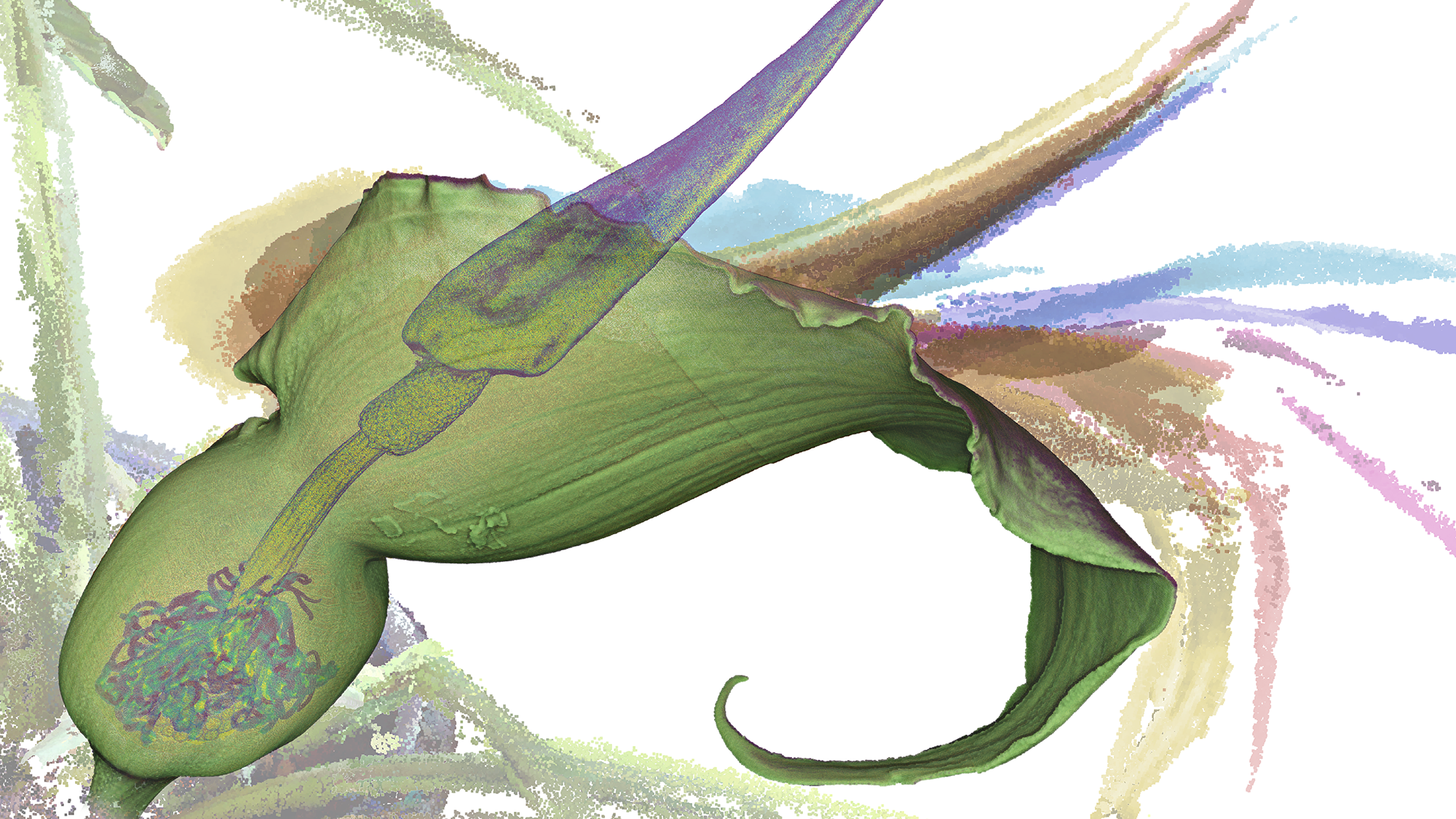
What you see > A flower in motion, with stages of movement shown by different colours: cyan, blue, pink, orange, yellow. What the lily says > “I bloom on a hot sunny day, after weeks of growth, for twenty-four hours. My purple spathe stands out against the ground of the forest.”
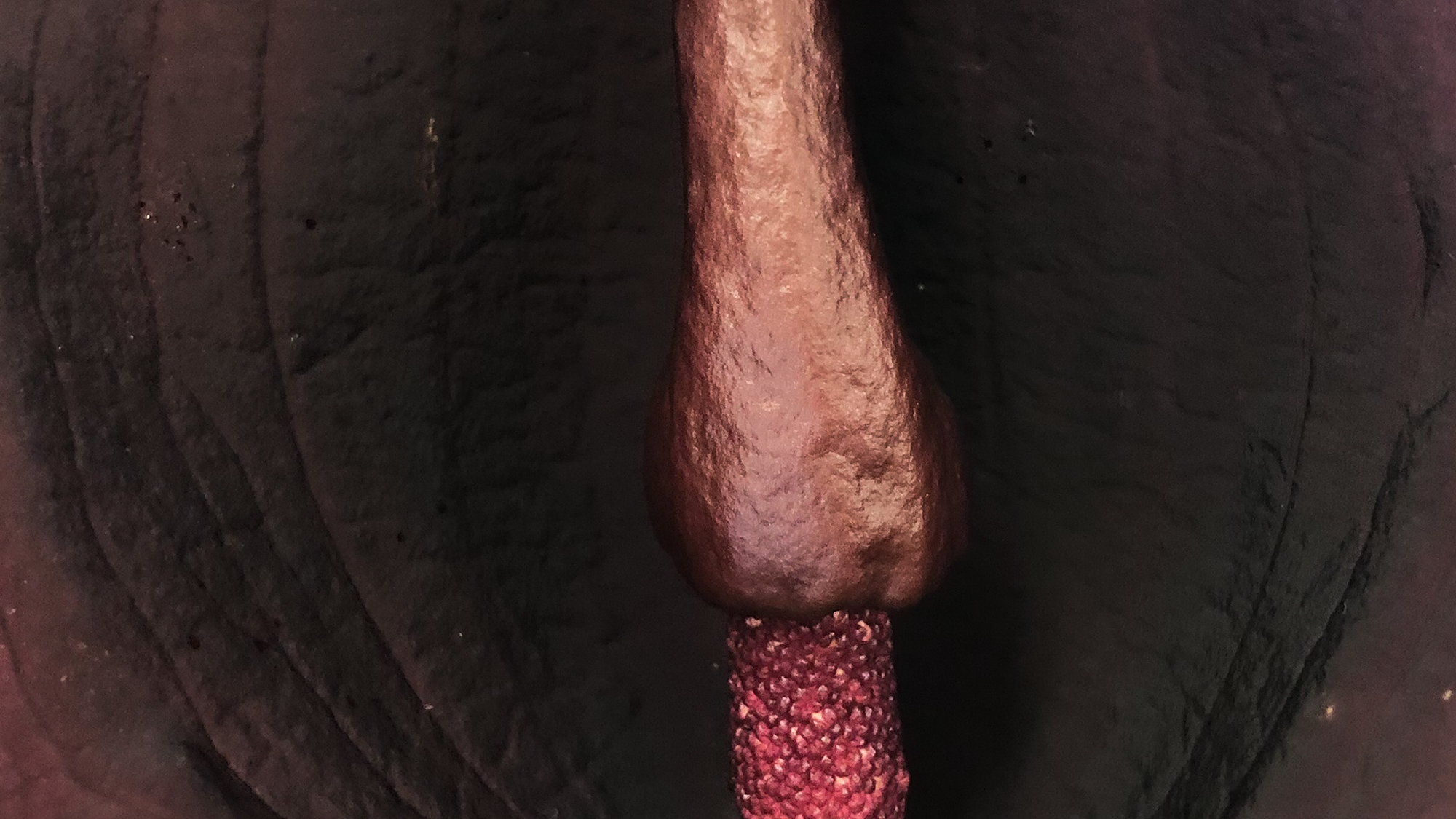
What you see > After 12 hours, the flower is in full bloom. What the lily says > “My courtship begins. I beckon others with the smell of faeces. Those who can help me, like this smell. The others will stay away.”
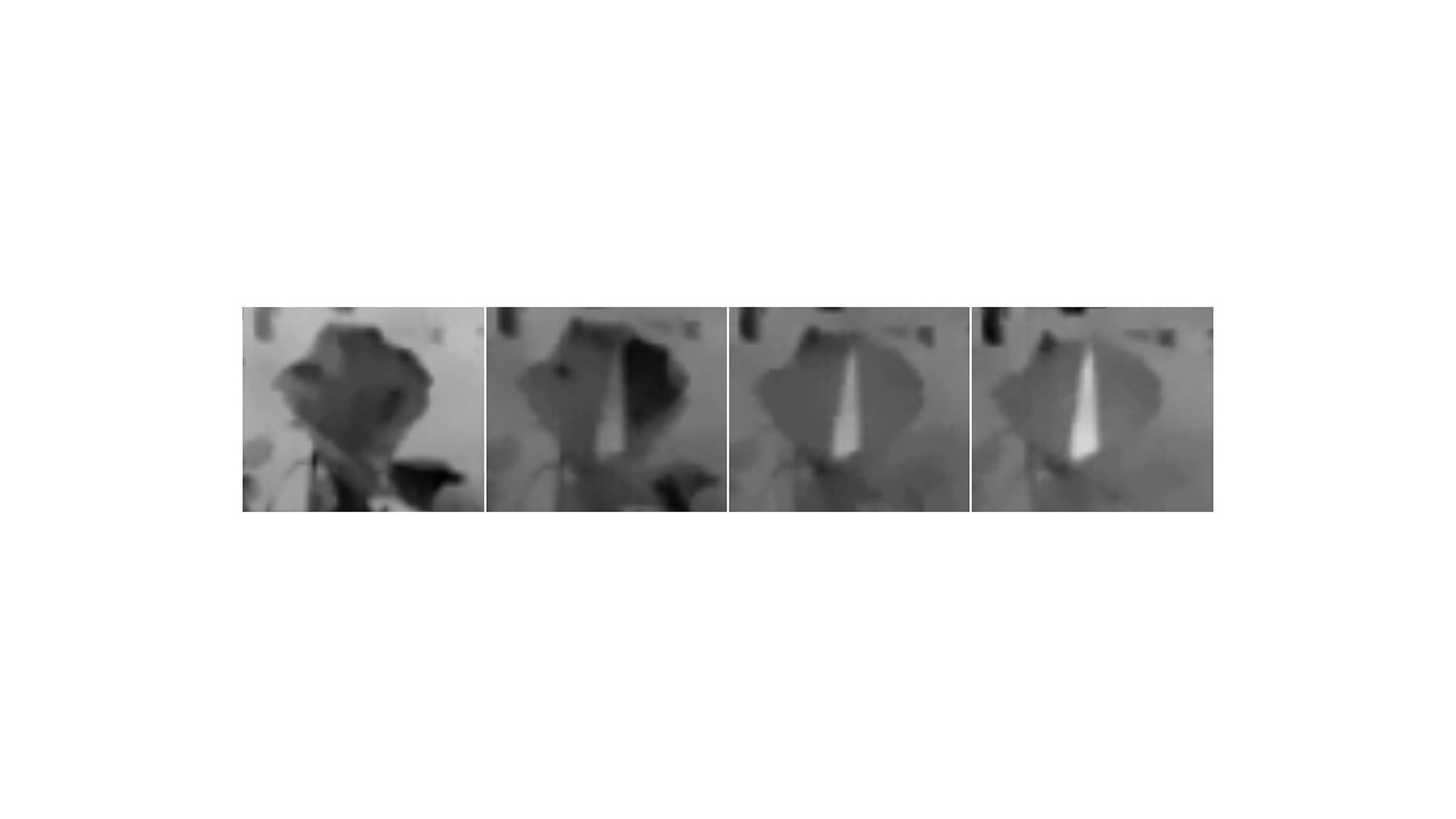
What you see > The heating of the central organ. What the lily says > “My odour is not enough. I heat up, a beacon to passers-by. My masquerade is complete: fresh, warm dung.”
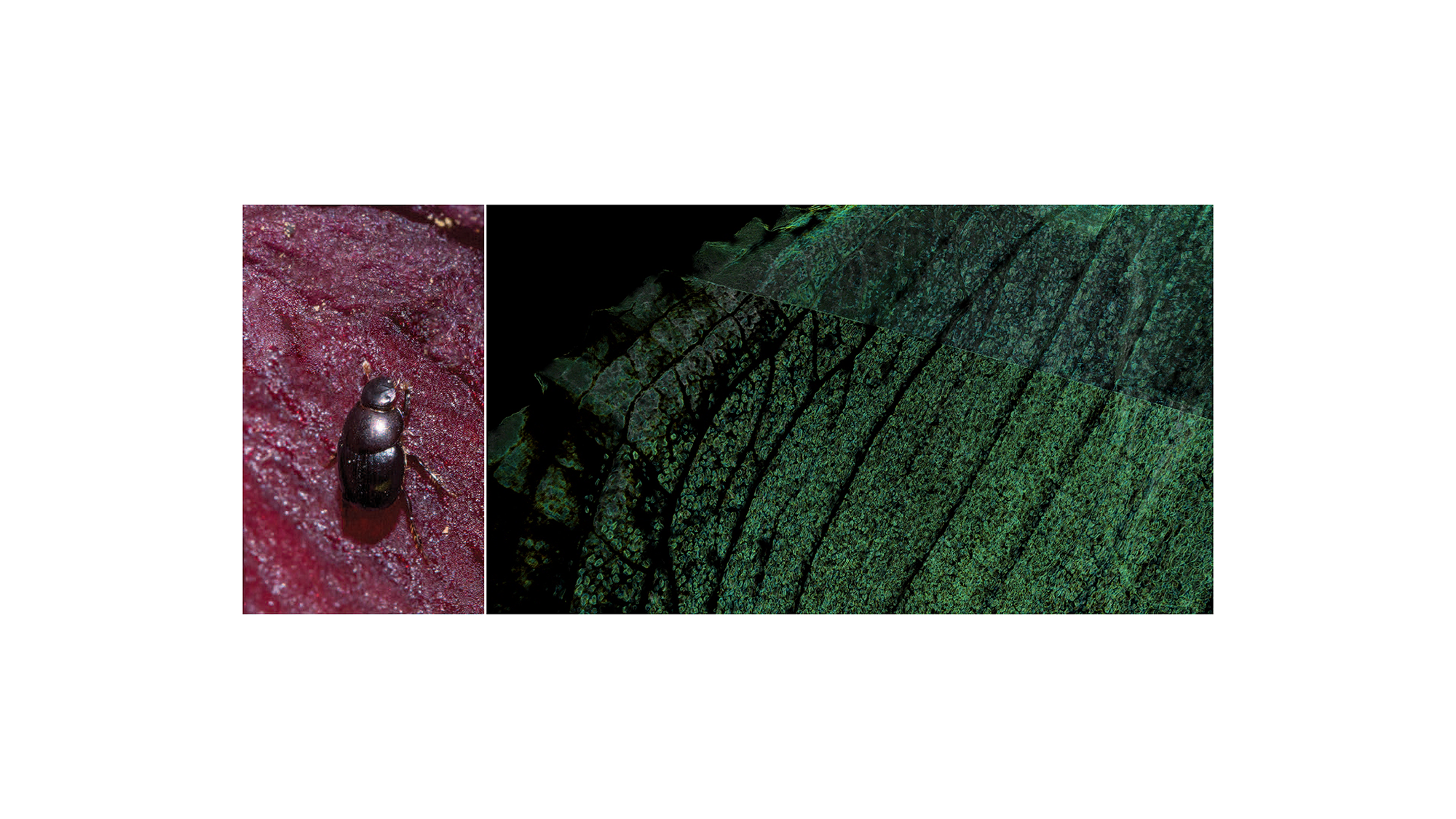
What you see > The beetle mistakes a stink lily for food and a brood site; the intricate structure of the leaf. Who speaks > Onthophagus tuckonie (dung beetle). What the beetle says > “Flying through the understory I search for food. I am ready to breed. I think this is it, but where is the dung? I cannot rest on the slippery spathe.”
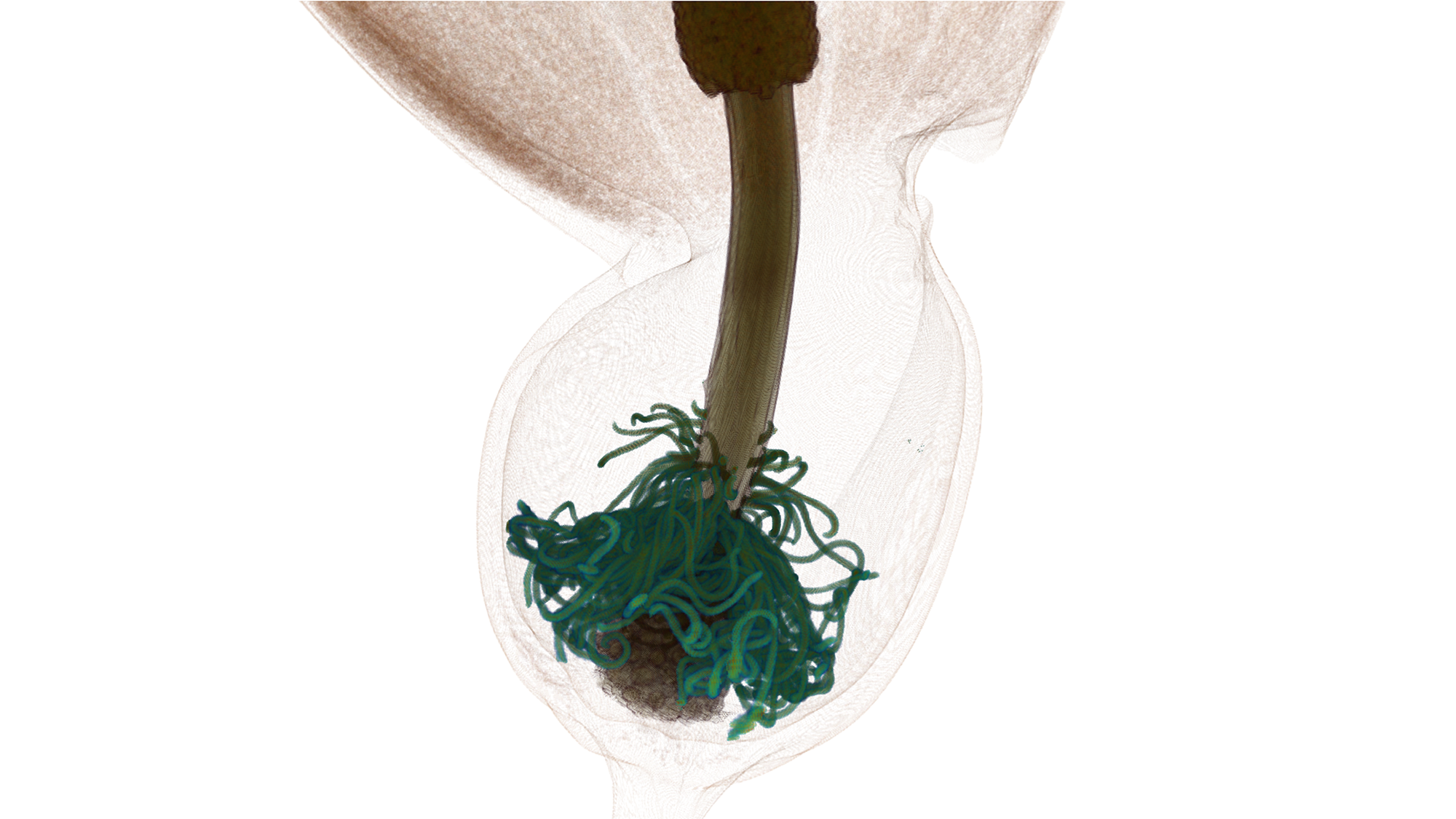
What you see > A labyrinth of hairy tubes and female florets. What the beetle says > “I made a fertilisation trap. My florets are waiting for the pollen hitchhiking on the captive as it falls into my chamber. My plan is to coat the beetle in my pollen before releasing it in the morning. Then it is free to go and fertilise another lily.”
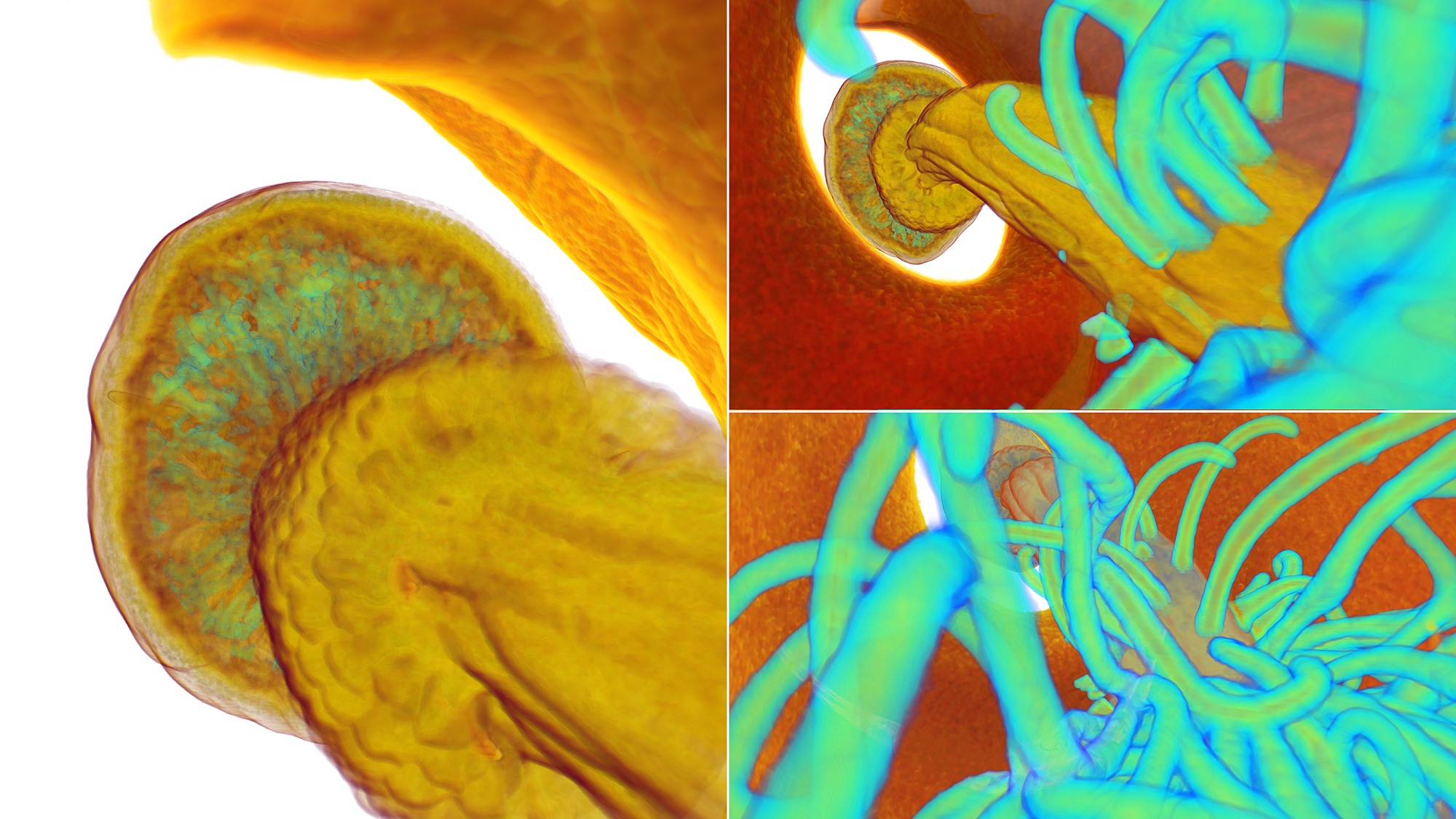
What you see > The view of a beetle falling into a flower. What the beetle says > “The scent of dung is intense but I see no food or a place for my eggs. I am covered in pollen.”
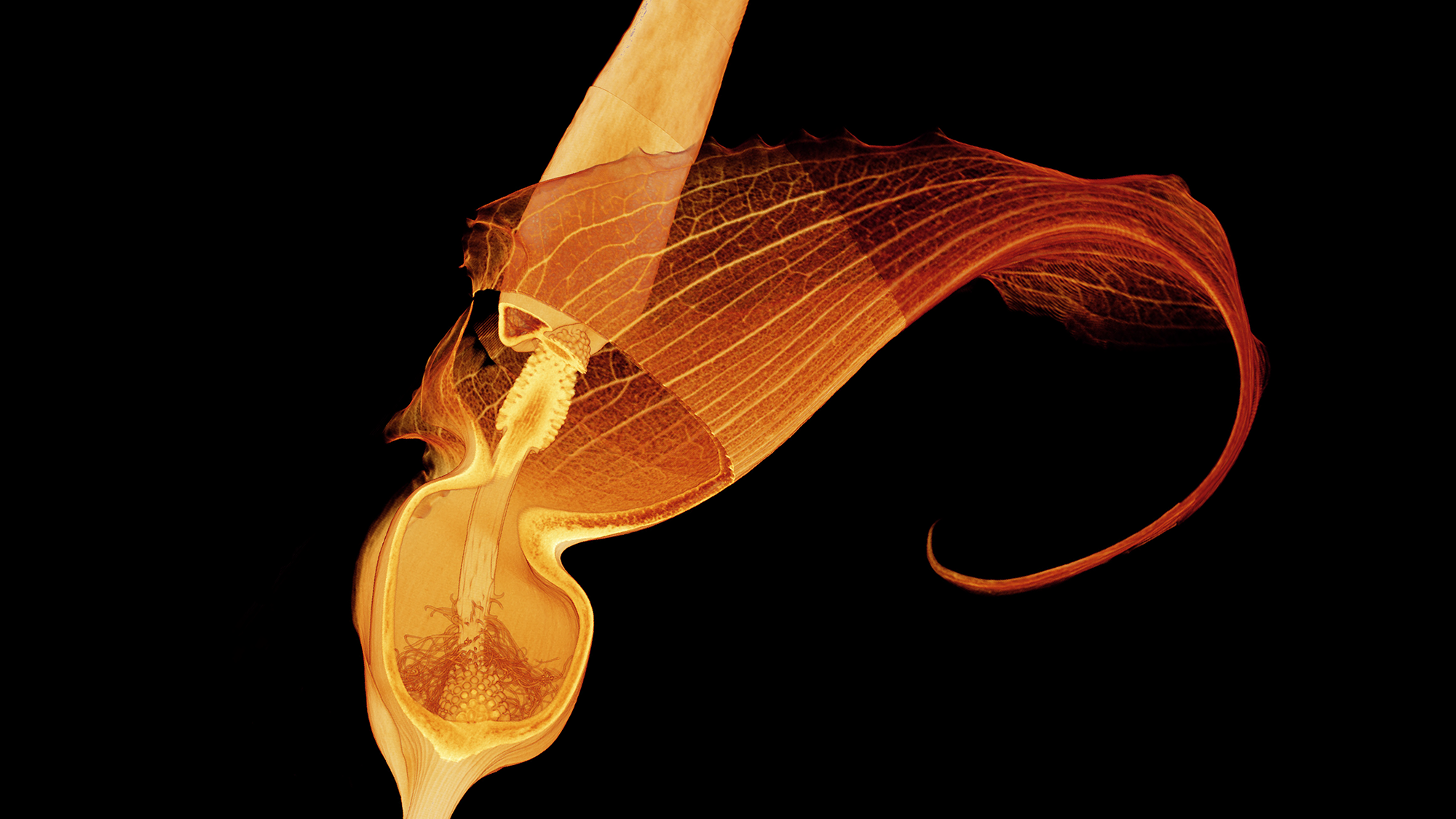
What you see > A tomographic image of a bloom event including the internal feature of a flower. What the beetle and lily say > “If lilies survive only in human structures, in human care, our relationship will disappear.”